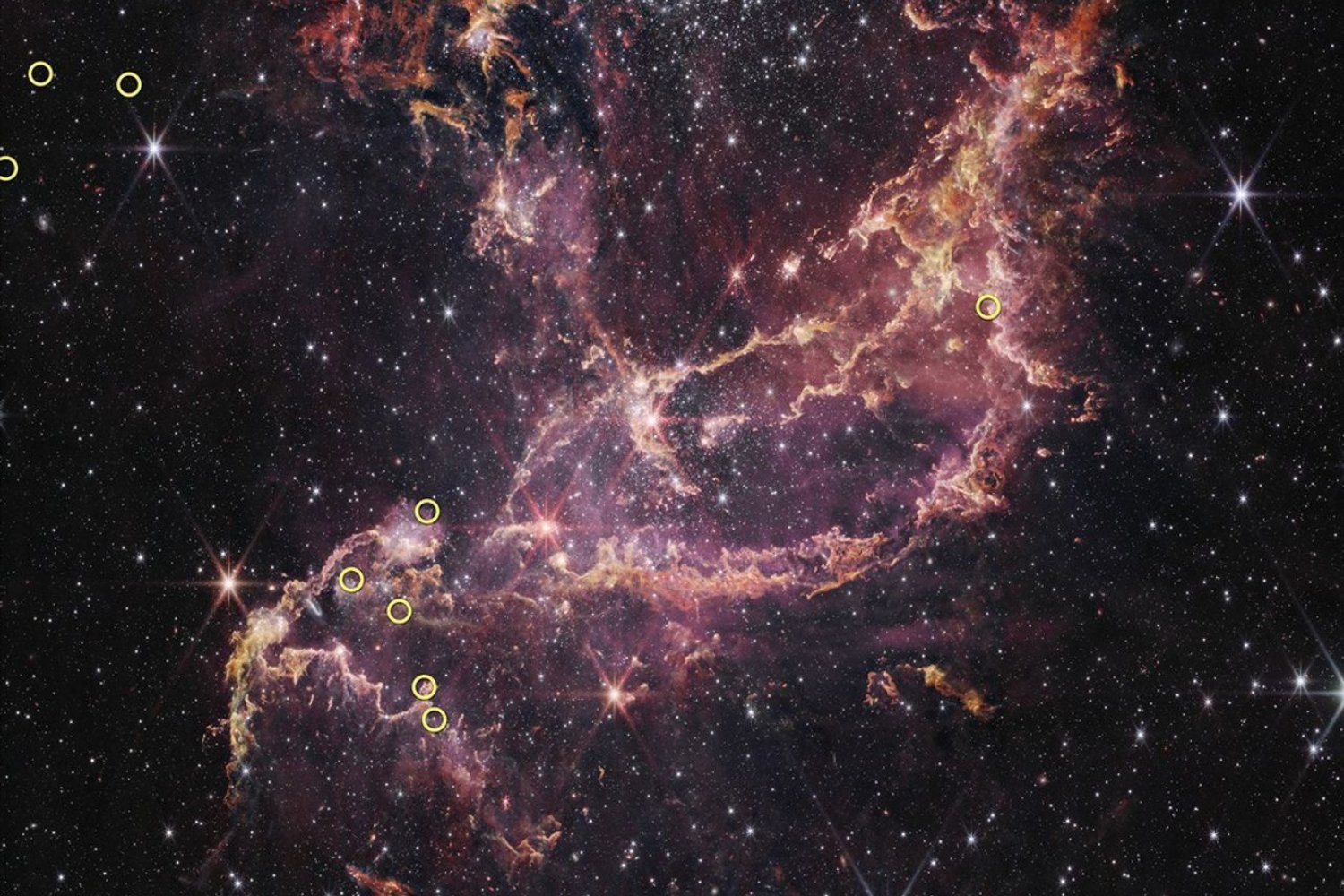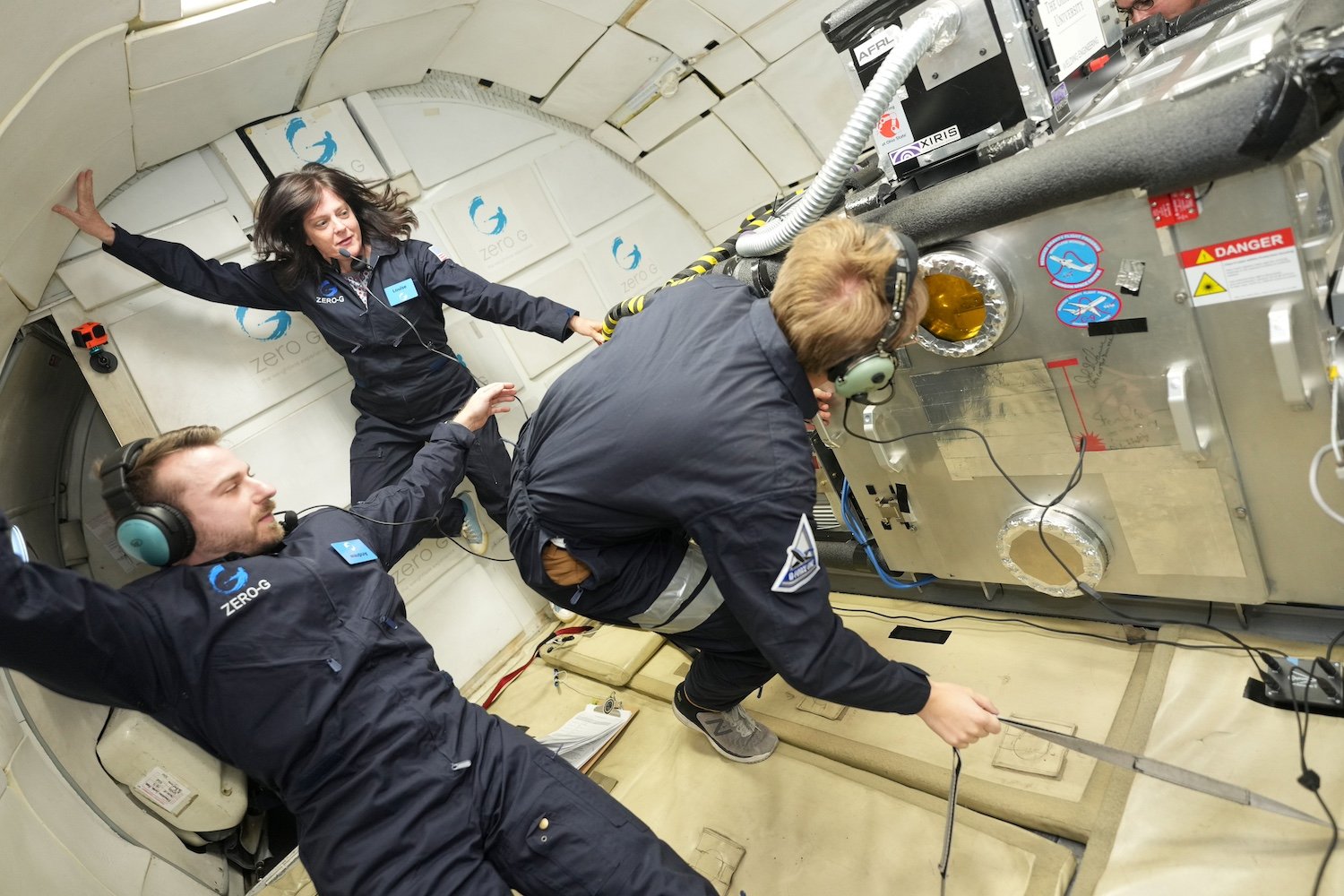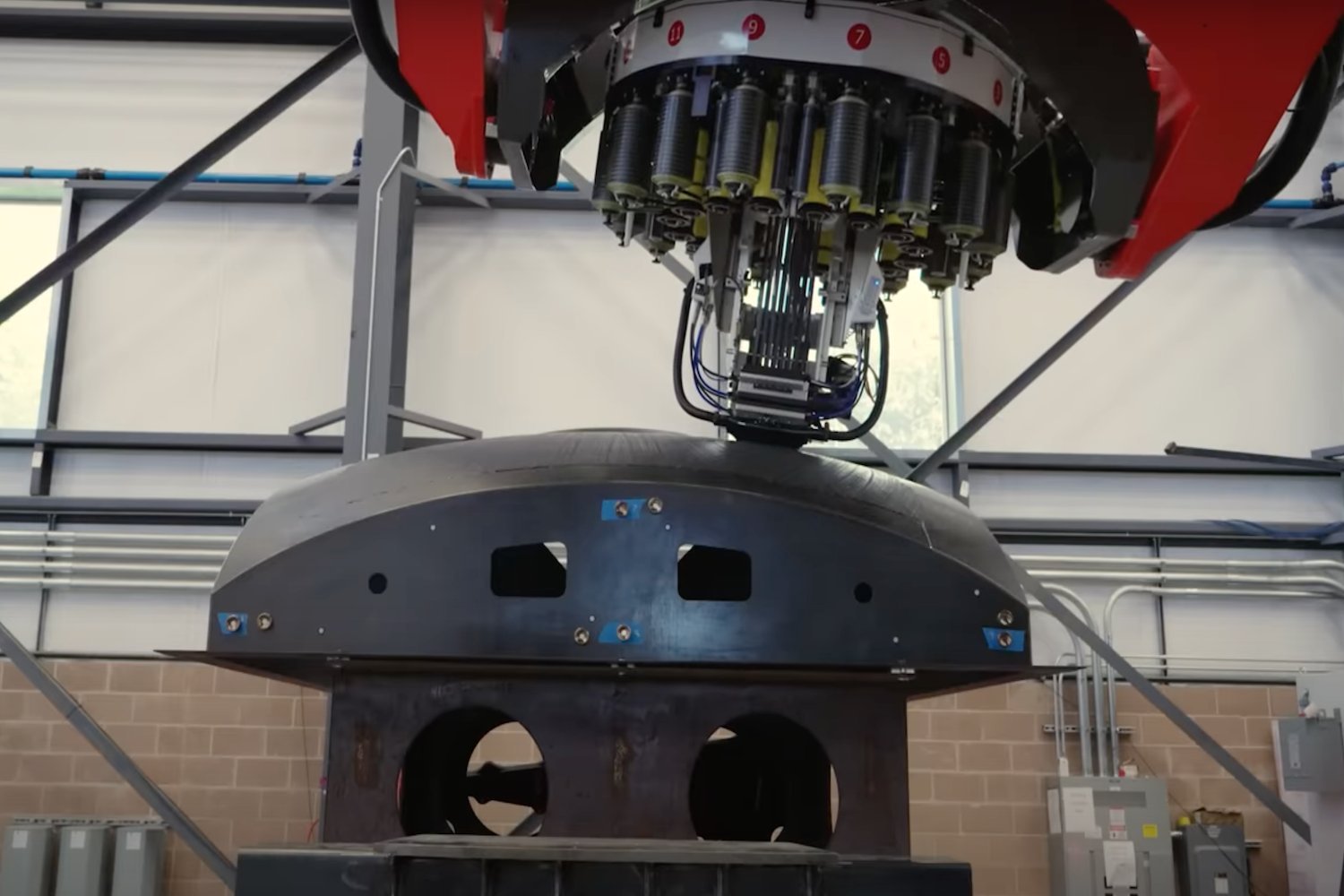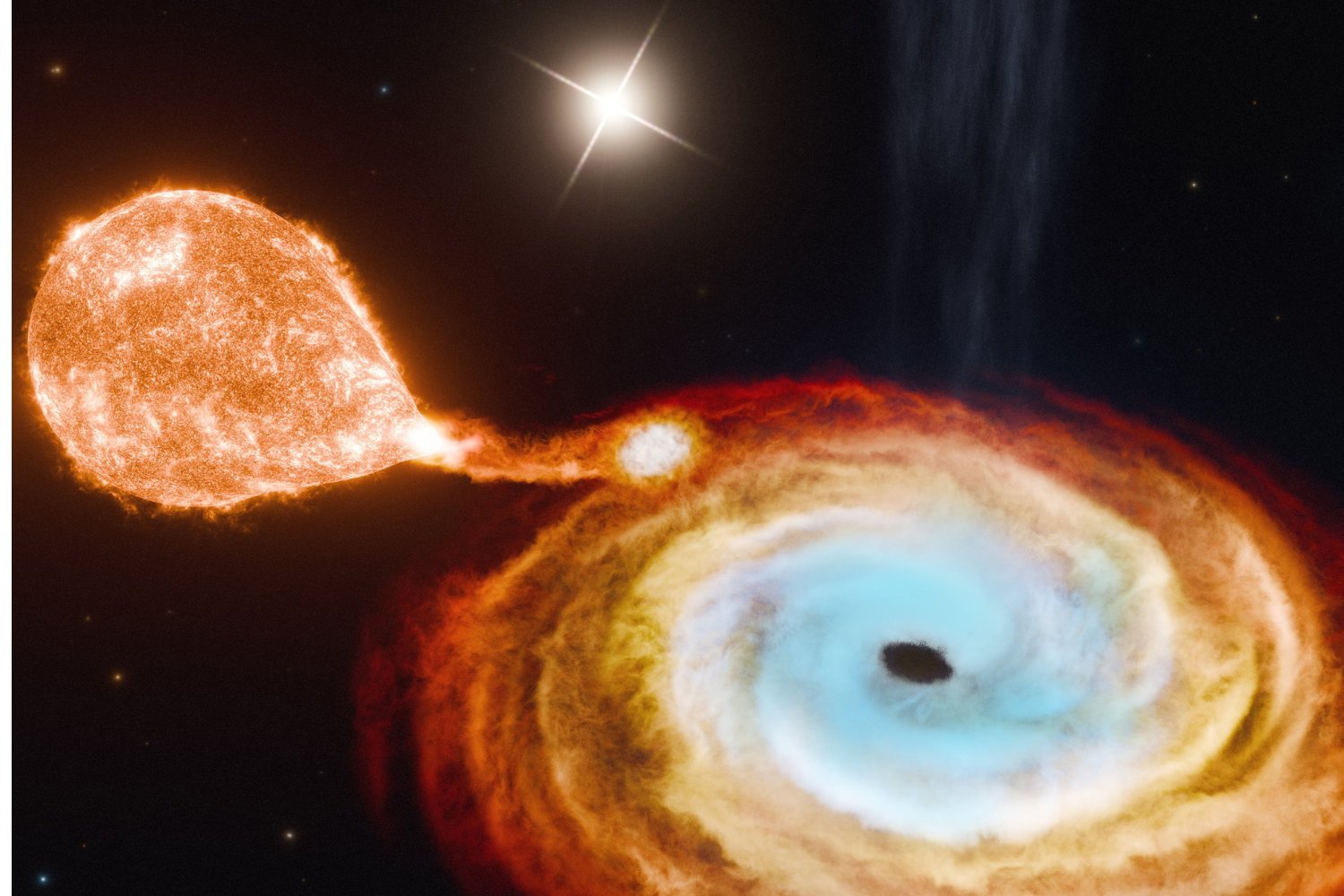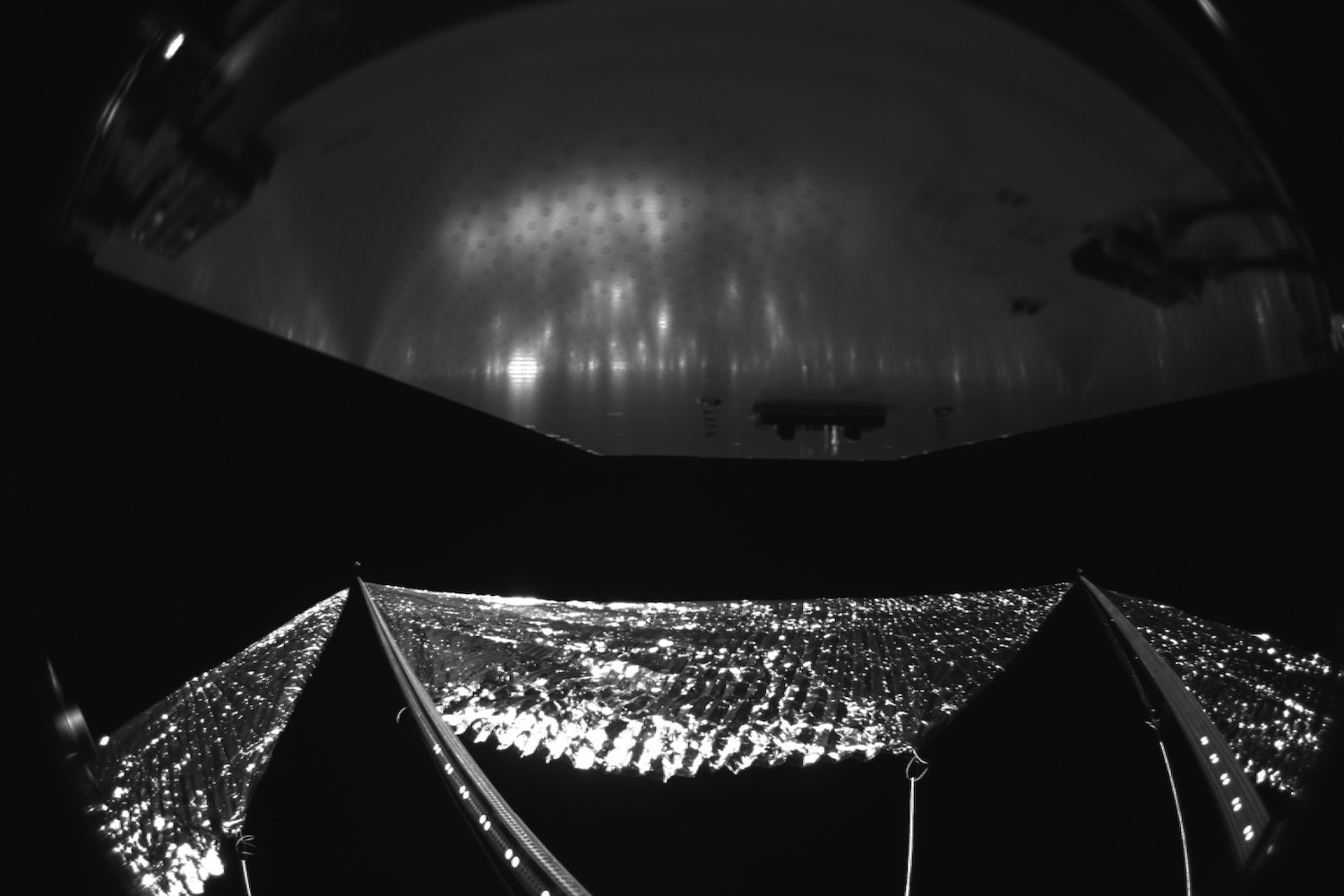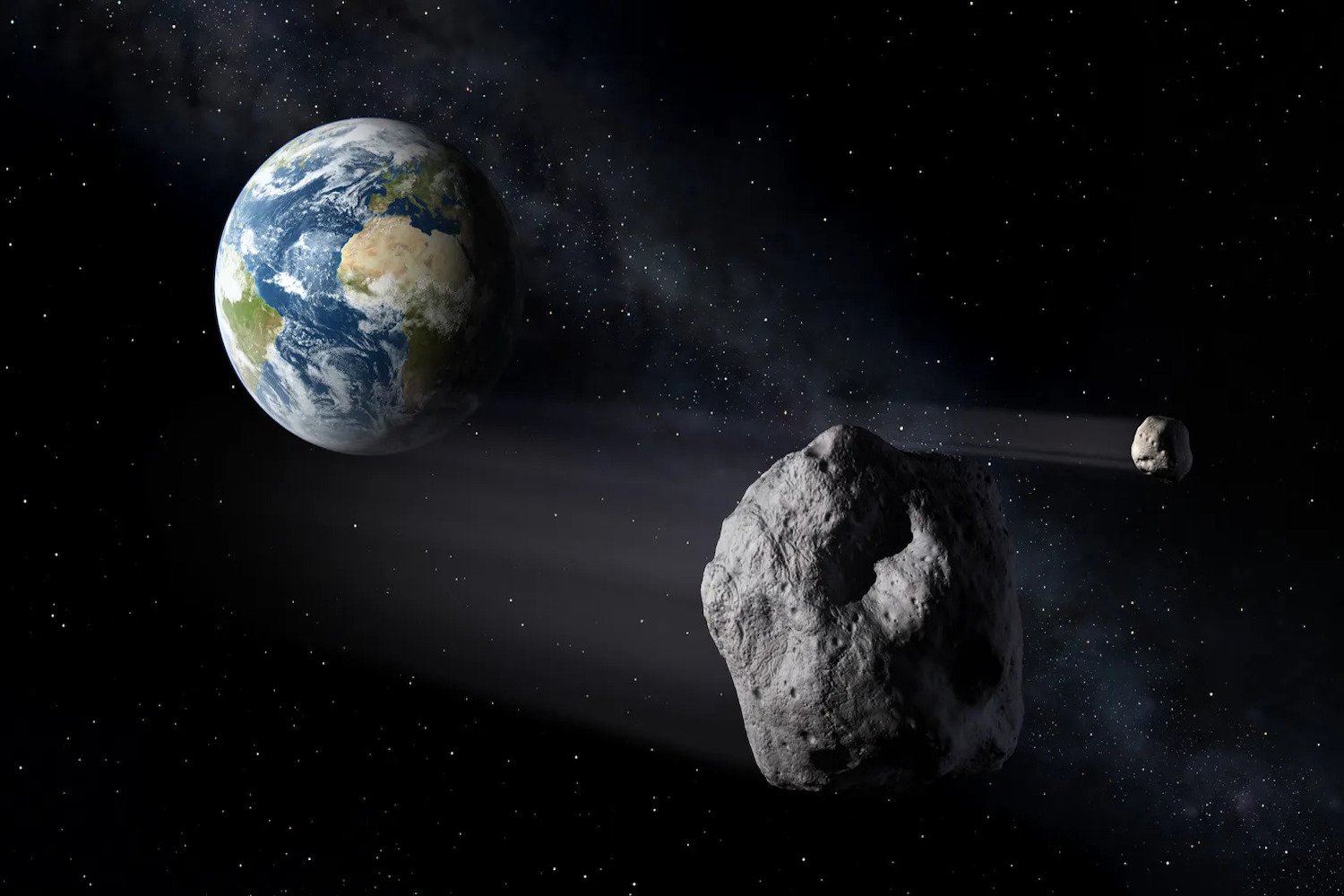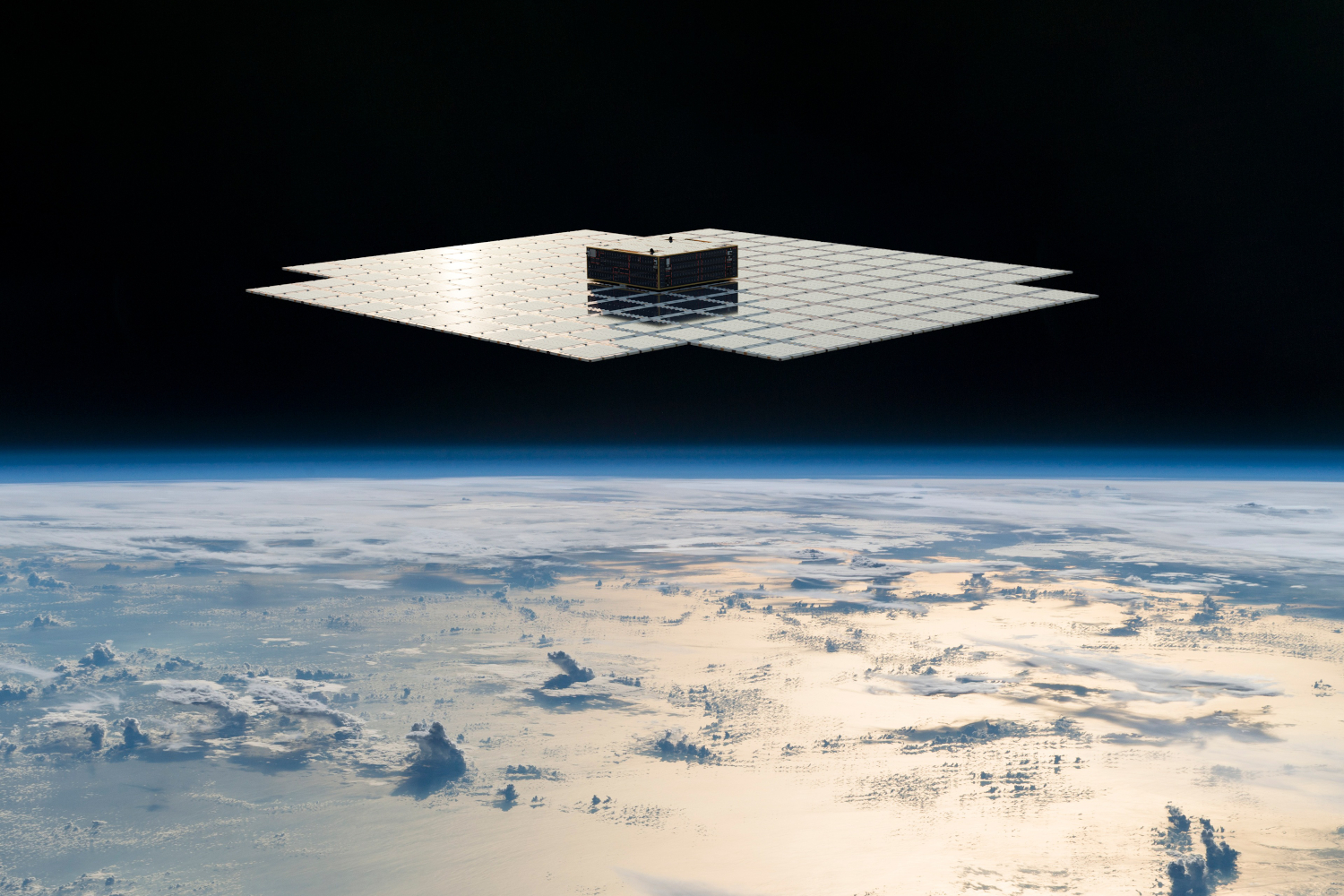The evolution of planets into the diverse worlds we observe across the universe remains a fundamental question for scientists exploring our cosmic origins and future. New data from the James Webb Space Telescope (JWST) has resolved a two-decade-old mystery initially posed by the Hubble Space Telescope, challenging existing theories about early planet formation.
In 2003, Hubble identified what seemed to be the oldest known planet, estimated to be around 13 billion years old. This discovery raised questions about how planets could form in the early universe when young stars possessed limited heavy elements—essential building blocks for planet formation as we understand it.
Leveraging JWST’s advanced capabilities to observe ancient light, researchers investigated stars within a nearby galaxy with similarly low heavy element concentrations. Surprisingly, they discovered these stars possess planet-forming disks older than those surrounding young stars in our own Milky Way galaxy.
Extended Lifespan of Protoplanetary Disks
“Webb’s observations strongly confirm Hubble’s initial findings, requiring us to reassess our models of planet formation in the early universe,” explained Guido De Marchi, lead author of the study and researcher at the European Space Research and Technology Centre, in a NASA release.
The study, published in The Astrophysical Journal, focused on stars in NGC 346, a star-forming cluster within the Small Magellanic Cloud. The observed stars ranged from 0.9 to 1.8 times the mass of our Sun.
The research team found that even the oldest observed stars are still accreting gas and possess surrounding disks. This supports Hubble’s mid-2000s observations of stars tens of millions of years old retaining planet-forming disks, which were previously believed to dissipate within a few million years. The findings suggest that in low-metallicity environments, circumstellar disks persist longer than previously theorized.
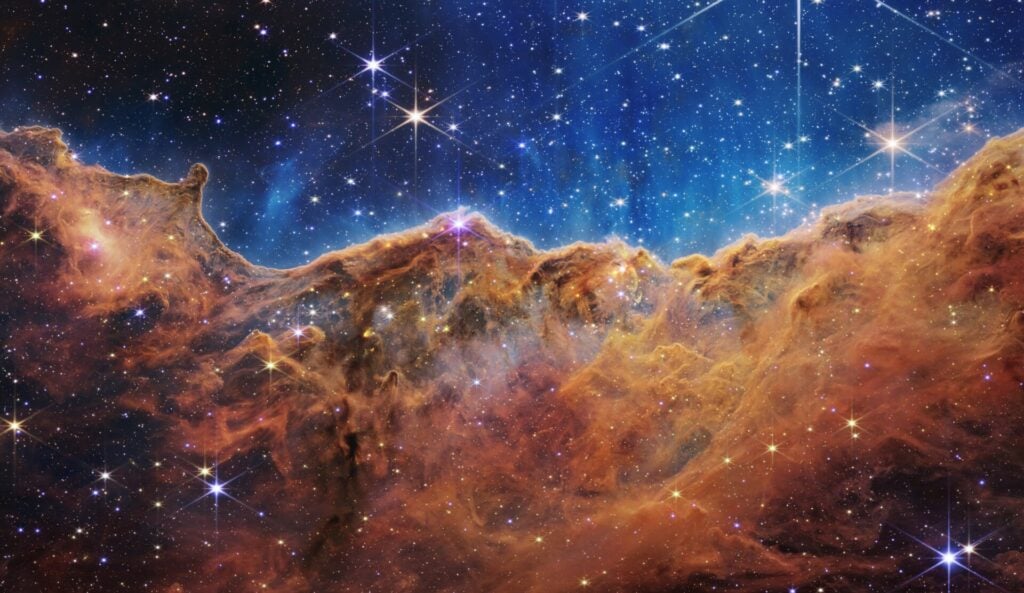 Star-forming region in the Carina Nebula as captured by JWST
Star-forming region in the Carina Nebula as captured by JWST
Factors Contributing to Disk Longevity
Researchers propose several explanations for the extended disk lifespan. One possibility is that the low heavy element concentration benefits the disks, enhancing their resistance to stellar radiation pressure, which would typically disperse them rapidly. Another theory suggests that Sun-like stars originating from larger gas clouds take longer to dissipate due to their increased size.
“With more surrounding matter, the accretion process extends over a longer period,” stated Elena Sabbi, chief scientist for the National Science Foundation’s Gemini Observatory, in the same release. “The disks take ten times longer to disappear, impacting planet formation and potential system architectures in these diverse environments.”
Webb’s NIRSpec Instrument: A Powerful Tool
The team utilized JWST’s Near-Infrared Spectrograph (NIRSpec) to study the stars within the Small Magellanic Cloud. NIRSpec’s ability to observe 100 targets simultaneously accelerates data acquisition and discovery compared to older spectrographs. Last year, NIRSpec revealed silty clouds on a nearby exoplanet, and earlier this year, it detected the first Einstein Ring in space.
Implications for Understanding Our Solar System
Studying star-forming regions, both ancient and recent, offers valuable insights into the origins of our own solar system, estimated to be 4.6 billion years old. These findings provide critical clues for unraveling the complex processes that shape planetary systems throughout the universe.



